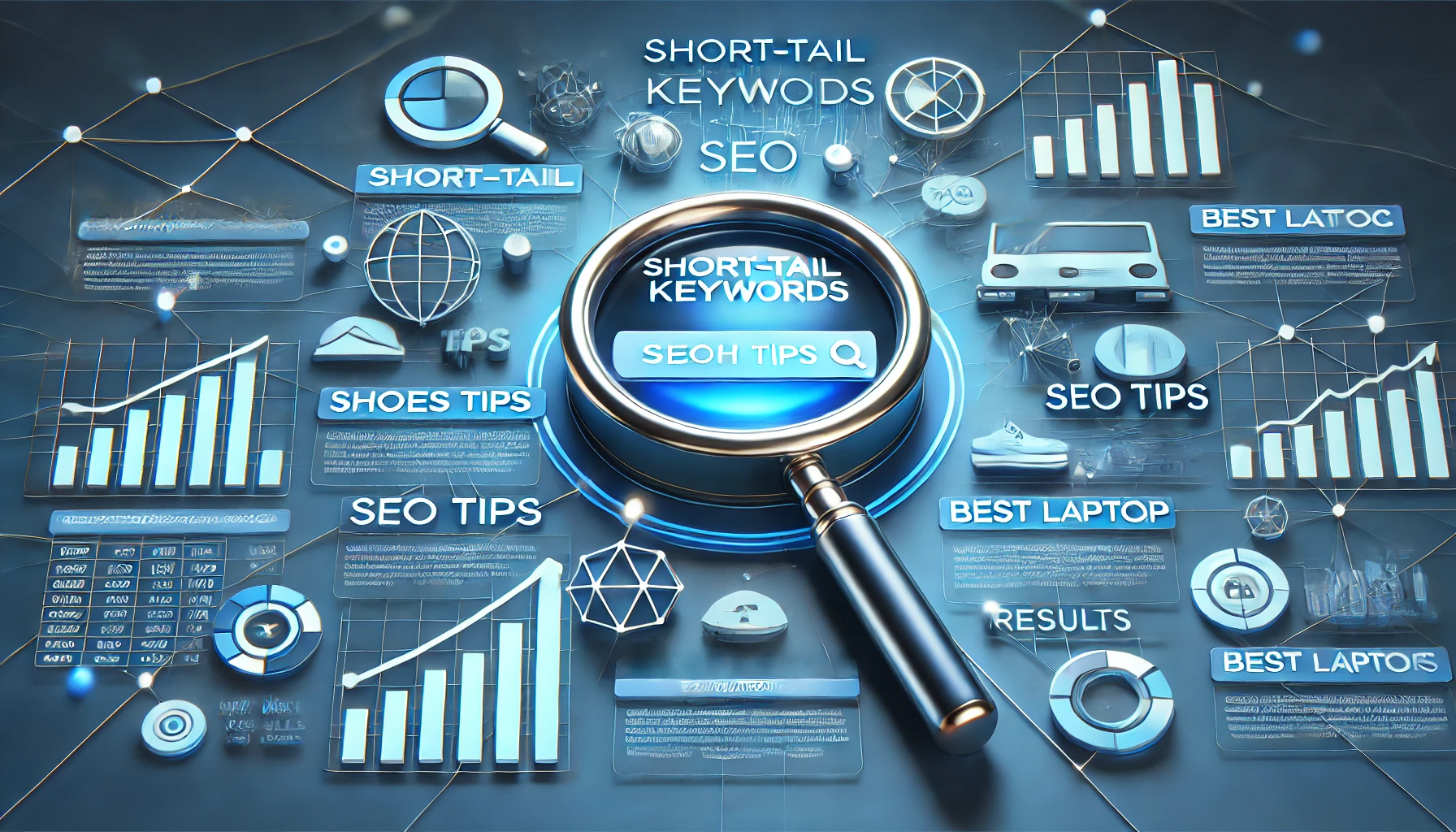Cumulative Layout Shift: Why CLS Matters for Your Website?

Categories:
4 minute read
In today’s fast-paced digital world, user experience is paramount to the success of any website. Among the various metrics that measure user experience, Cumulative Layout Shift (CLS) has emerged as a crucial Core Web Vital that directly impacts how users interact with and perceive your website. In this comprehensive guide, we’ll explore what CLS is, why it matters, and how you can optimize your website to achieve better scores.
What Is Cumulative Layout Shift?
Cumulative Layout Shift is a metric that measures visual stability by quantifying how much unexpected movement of visible page content occurs during the entire lifespan of a page. In simpler terms, it measures how much your page’s elements jump around as the page loads.
Imagine reading an article on your phone, and just as you’re about to click a link, an image loads above it, pushing the link down. You end up clicking an advertisement instead. Frustrating, right? This is exactly what CLS measures and aims to minimize.
Why CLS Matters
User Experience Impact
Poor CLS scores can significantly impact user experience in several ways:
Reading Interruption: Users lose their place when text suddenly shifts
Misclicks: Users accidentally click wrong elements
Frustration: Constant layout shifts create a feeling of instability
Time Waste: Users need to re-locate content they were trying to read SEO Implications
Since May 2021, Google has incorporated Core Web Vitals, including CLS, into its ranking factors. A poor CLS score can:
Negatively affect your search rankings
Reduce your site’s visibility
Impact your overall SEO performance
How Is CLS Calculated?
CLS is calculated by multiplying two metrics:
Impact Fraction: The amount of viewport area affected by the shift
Distance Fraction: The distance elements have moved relative to the viewport The formula is: CLS = Impact Fraction × Distance Fraction
Google considers a CLS score of:
Good: Less than 0.1
Needs Improvement: Between 0.1 and 0.25
Poor: Above 0.25
Common Causes of Poor CLS
- Images Without Dimensions
When images lack width and height attributes, browsers can’t allocate the correct space before the image loads, leading to layout shifts.
- Advertisements and Embeds
Dynamic content like ads and embedded videos often cause significant layout shifts as they load and resize.
- Web Fonts
Custom fonts can cause text to reflow when they finally load, especially if they’re significantly different in size from the fallback font.
- Dynamic Content
Content that loads after the initial page render, such as AJAX-loaded content or infinite scrolling implementations.
- Animations and Transitions
Poorly implemented animations can cause layout shifts, especially if they affect the positioning of other elements.
Best Practices to Improve CLS
- Always Set Dimensions for Media
<img src="image.jpg" width="800" height="600" alt="Description">
Always specify width and height attributes for images and videos. This allows browsers to allocate the correct space before the media loads.
- Reserve Space for Ads
.ad-slot {
min-height: 250px;
width: 300px;
}
Use CSS to reserve space for ad containers before they load.
- Optimize Web Fonts
@font-face {
font-family: 'Your Font';
font-display: swap;
}
Use font-display: swap and preload critical fonts to minimize font-related layout shifts.
- Handle Dynamic Content Carefully
Add new content below the viewport
Use placeholder skeletons for loading content
Implement fixed-size containers for dynamic content
- Use Transform for Animations
/* Instead of */
.element {
margin-top: 100px;
}
/* Use */
.element {
transform: translateY(100px);
}
Use transform instead of properties that trigger layout changes.
Tools to Measure and Monitor CLS
Google PageSpeed Insights
Provides CLS scores and suggestions for improvement
Shows real-world performance data
Chrome DevTools
Performance panel
Experience section
Layout Shift regions
Lighthouse
Automated auditing tool
Detailed reports with improvement opportunities
Web Vitals Extension
Real-time CLS monitoring
Easy-to-understand metrics
Advanced CLS Optimization Techniques
- Implement Content Placeholders
<div class="placeholder">
<div class="animated-background"></div>
</div>
Use skeleton screens to indicate loading content while maintaining layout stability.
- Optimize Critical Rendering Path
Minimize render-blocking resources
Inline critical CSS
Defer non-essential JavaScript
- Implement Progressive Loading
Load content in a way that maintains visual stability:
Load above-the-fold content first
Gradually load remaining content
Use intersection observer for lazy loading
Conclusion
Cumulative Layout Shift is more than just another web metric—it’s a crucial factor in creating a positive user experience and maintaining good search engine rankings. By understanding what causes poor CLS scores and implementing the best practices outlined in this guide, you can significantly improve your website’s visual stability.
Remember that optimizing CLS is an ongoing process. Regular monitoring and testing are essential to maintain good scores as your website evolves. Start implementing these improvements today, and your users will thank you with increased engagement and conversions.
Feedback
Was this page helpful?
Glad to hear it! Please tell us how we can improve.
Sorry to hear that. Please tell us how we can improve.